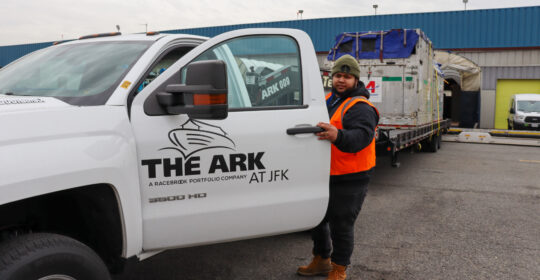
Soaring Hooves: The Elite World of Equine Air Travel
Staff
The Evolution of Equine Air Travel
The fascinating evolution of equine air travel has transformed from the arduous days of long ship voyages to a sophisticated and luxurious necessity in the world of international equestrian sports and horse breeding. Industry veterans like Jim Paltridge have witnessed this transformation, emphasizing the tiered service levels that mirror human air travel, with horses experiencing ‘economy’ to ‘first class’ accommodations. The legendary journey of Black Caviar to Royal Ascot epitomizes the glamour and high stakes involved in transporting these elite athletes and valuable breeding horses across the globe.
The Logistics of Flying Horses to International Competitions
The logistics of transporting horses by air for international competitions, such as the Winter Equestrian Festival in Wellington, Florida, reveal a meticulous and extensive organization behind the scenes. From the initial journey from their farms to major airports equipped with specialized livestock facilities like The ARK at New York’s JFK Airport, to loading them into custom containers on Boeing 747s, every step is carefully planned. These aircraft are preferred for their efficient design, accommodating equines in the cargo bay and their human companions—vets, grooms, and farm managers—above. This process ensures the horses’ comfort and readiness to compete upon arrival, with specific attention to their well-being during flights where they are not sedated but instead provided with protective gear and snacks to maintain balance and alleviate ear pressure.
Quarantine and Recovery: Ensuring Equine Welfare
Mandatory quarantine periods mark the beginning of the journey, where horses’ health is closely monitored under stringent regulations. This essential phase ensures that the equine athletes are fit to travel and compete, with the International Federation for Equestrian Sports (FEI) mandating specific recovery periods post-flight to prioritize their welfare. The seamless transition from travel to competition underscores the rigorous planning and teamwork invested in making equine air travel routine yet efficient, highlighting the nomadic lifestyle these horses adapt to, with little to no effect of jet lag on their performance.
The Unseen World of Equine Air Travel
Behind the glamorous perception of equine air travel lies a complex, dynamic, and continuous effort to ensure the safe and effective transport of these valuable animals. From the specialized containers that vary in size to accommodate the different needs of the horses, akin to ‘coach’ and ‘business’ class in human air travel, to the skilled flying grooms and veterinary care provided during the flights, every detail is meticulously planned. This unseen world is a testament to the evolution of the industry, where the skies are traversed by some of the most valuable horses en route to international competitions and breeding opportunities, forever changing the landscape of racing and breeding.
Conclusion: A Question of Preference
As the article concludes, it poses an intriguing question to the reader about their preference for accompanying their horse on the flight or meeting them at the destination. This question not only reflects the personal connection between riders and their horses but also underscores the trust placed in the sophisticated and reliable process of equine air travel.

